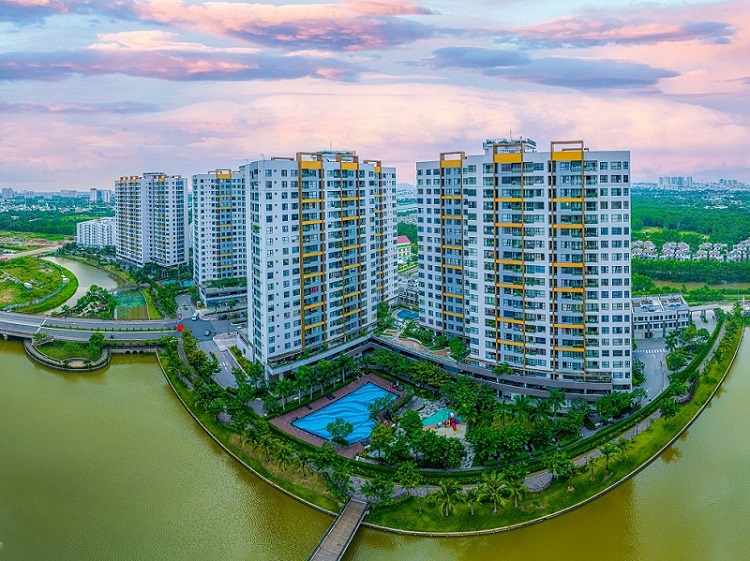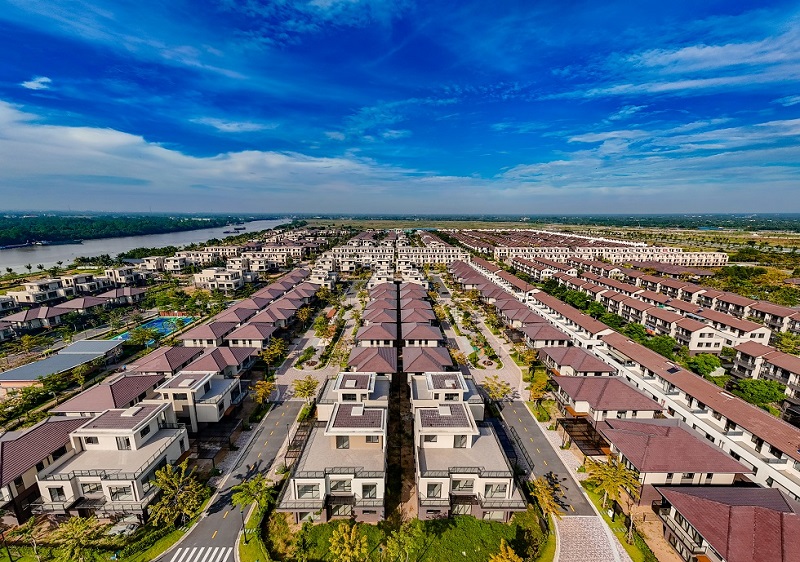CEO Lucas Ignatius Loh Jen Yuh: “At Nam Long, internationalization isn’t just a strategy; it’s the bedrock of our growth. This focus is pivotal as we strive to become Vietnam’s leading integrated real estate group by 2030. Our vision extends beyond our local market, aiming to set a global benchmark in real estate development.”
Having joined Nam Long Group recently, how do you find the transition to the Vietnamese real estate market?
The past six months have been invigorating. I’ve found a familiar dynamism here, akin to other Asian markets I’ve been part of. With over two decades in the industry, I’m eager to blend my experience with Nam Long’s robust capabilities to innovate and expand further.
Nam Long embraced international integration early on. How do you see this strategy evolving under your leadership?
Nam Long has been visionary in its approach to global integration, engaging with top-tier international partners and adopting world-class processes for nearly two decades.
My role is to build on this solid foundation, enhancing our collaborative efforts with global leaders like Goldman Sachs, Keppel Land, and Hankyu Hanshin, Nishi-Nippon Railroad. These partnerships bolster our financial resilience and enrich our strategic and operational perspectives, ensuring we remain at the forefront of industry innovations.

How do foreign investment preferences in Vietnam compare to other markets like China?
Foreign investors seek regions with high growth potential, which is a commonality between China and Vietnam. However, in Vietnam, the approach is more about flexibility and navigating a burgeoning market. This agility is where Nam Long stands out, offering reliability and deep market insights to our partners.
Can you elaborate on Nam Long’s product strategy and its alignment with international trends?
As we align with global trends, we focus on developing integrated townships in strategic satellite cities. Drawing on international models, we aim to create holistic living spaces that cater comprehensively to our residents’ needs—from housing to healthcare, education, and entertainment. Projects like Waterpoint and Izumi City are prime examples of this strategy, designed to enhance the urban fabric and elevate living standards.

Looking ahead, how do you view the potential and challenges of Vietnam’s real estate market?
Vietnam’s market is ripe with potential, underscored by proactive government policies aimed at infrastructure development and urban expansion. While the urbanization rate is currently lower compared to regional peers, this represents a significant growth opportunity for us. Our strategy is geared towards leveraging this potential to drive sustainable growth and contribute to the broader economic development of Vietnam.
Our journey towards Vision 2030 is not just about scaling our operations but also about setting new standards in real estate development. With a steadfast commitment to our internationalization strategy and our partners, we are well on our way to not only achieving our goals but also contributing positively to Vietnam’s socio-economic landscape.









